
Newsletter Subscribe
Enter your email address below and subscribe to our newsletter


Enter your email address below and subscribe to our newsletter
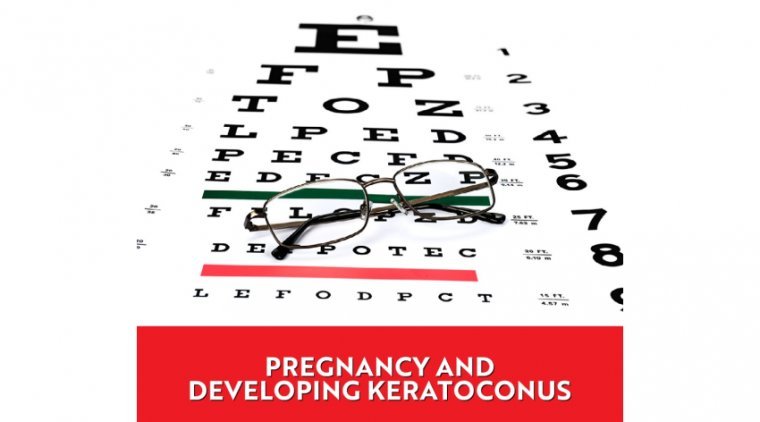
Keratoconus is a bilateral, noninflammatory, and often asymmetric condition that leads to progressive thinning and steepening of the cornea. This corneal irregularity may lead to blurry and distorted vision. Although the exact cause of keratoconus remains unknown, it is thought…
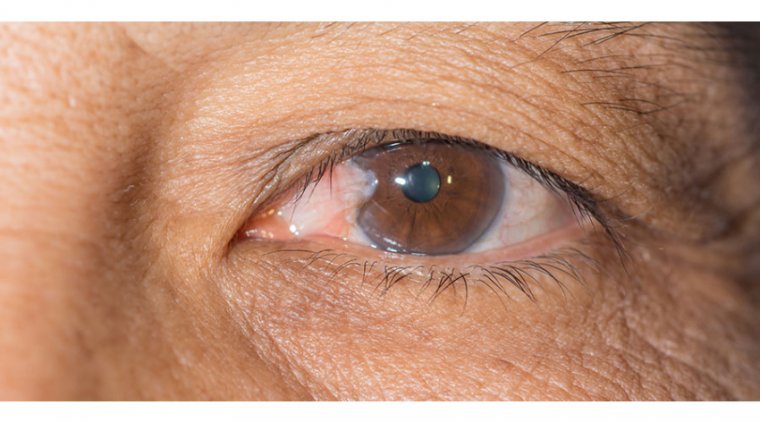
What Is Surfer’s Eye? Pterygium is characterized by a thickening of the conjunctiva tissue that takes on a wing-like or triangular shape and grows from the inner corners of the eye, often extending onto the cornea. Pterygium can either affect…
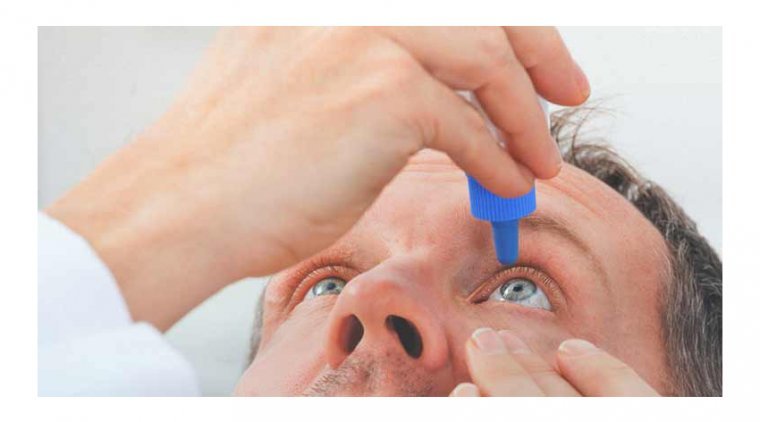
Durysta (bimatoprost and chloramphenicol) is a prescription medication produced by Allergan that is used to lower intraocular pressure (IOP) in people with open-angle glaucoma or ocular hypertension (high pressure in the eye). It is a combination of two medications: bimatoprost,…
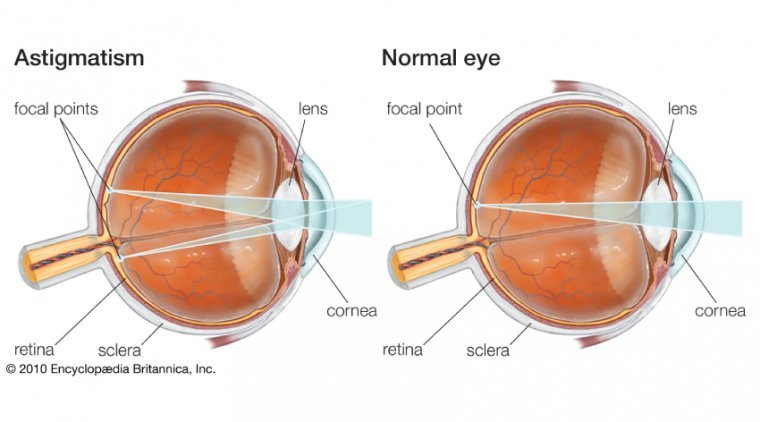
What Is Astigmatism? Astigmatism is a common refractive error that causes distorted or blurred vision due to the irregular curvature of the cornea or lens in the eye. The cornea, the transparent front part of the eye, and the lens,…

What Is Presbyopia? Presbyopia is a common, age-related vision condition that affects the eye’s ability to focus on near objects. As people age, the lens of the eye becomes less flexible, making it increasingly challenging to adjust focus between objects…
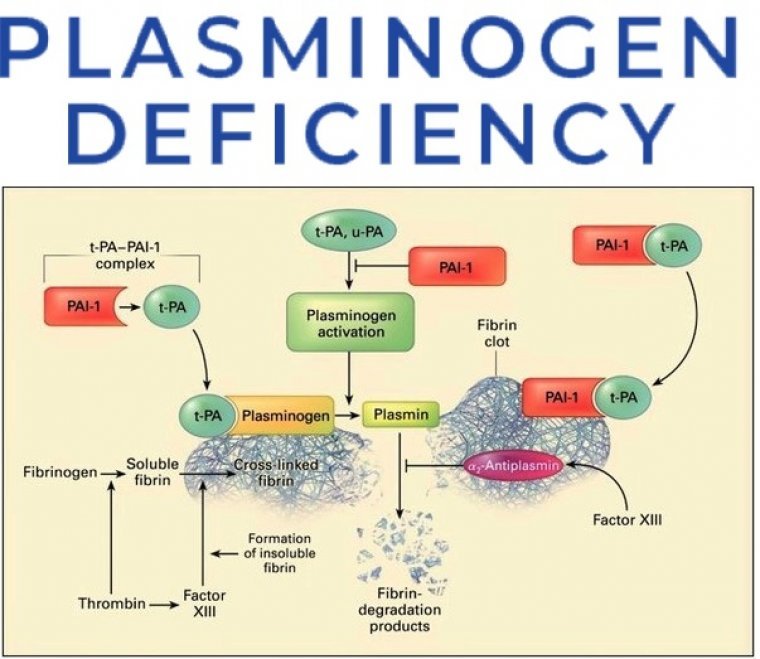
Two types of plasminogen deficiency are described in the medical literature. Congenital type 1 plasminogen deficiency is a quantitative disorder with parallel reductions in both the level of immunoreactive and functional plasminogen; type1 plasminogen deficiency is also called hypoplasminogenemia, and…
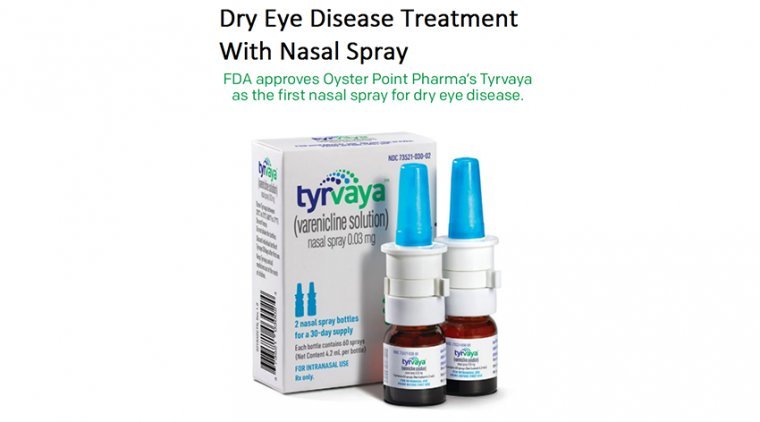
In dry eye disease, the loss of tear film homeostasis triggers a vicious cycle that involves inflammation and cellular damage as both sequellae of disease as well as primary components contributing to progression, which in turn leads to further tear…
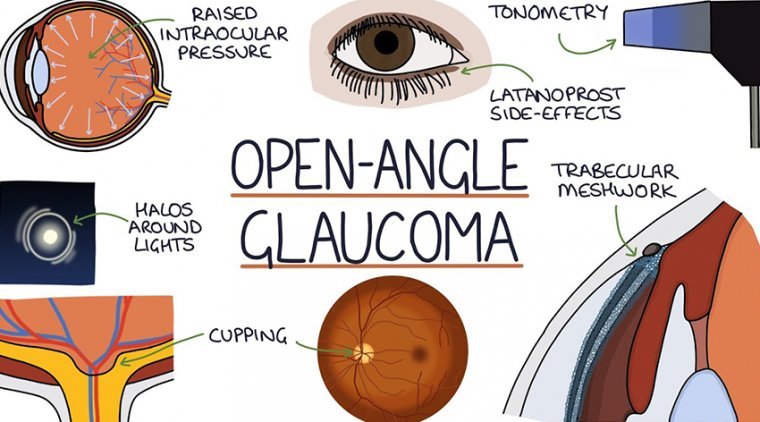
Most people who have open-angle glaucoma feel fine and do not notice a change in their vision at first because the initial loss of vision is of side or peripheral vision, and the visual acuity or sharpness of vision is…
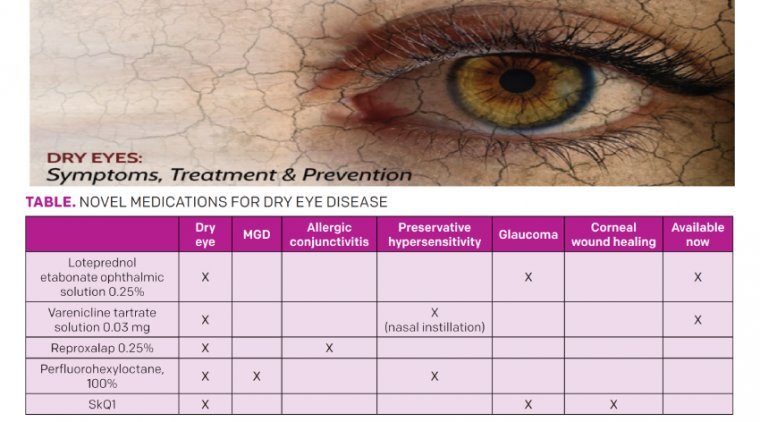
Dry eye disease includes a group of conditions in which the eye does not produce an adequate volume of tears or when the tears are not of the correct consistency. The chance of experiencing dry eye increases with age, affecting approximately…
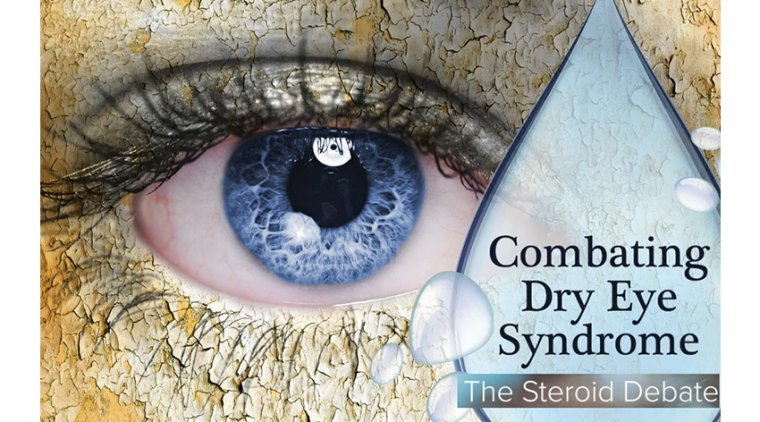
Dry eye is related to the inflammation of ocular surface, and immune-mediated inflammation plays an important pathogenic role. Corticosteroid is an effective anti-inflammatory drug, which can rapidly and effectively relieve the symptoms and signs of moderate or severe dry eye.…